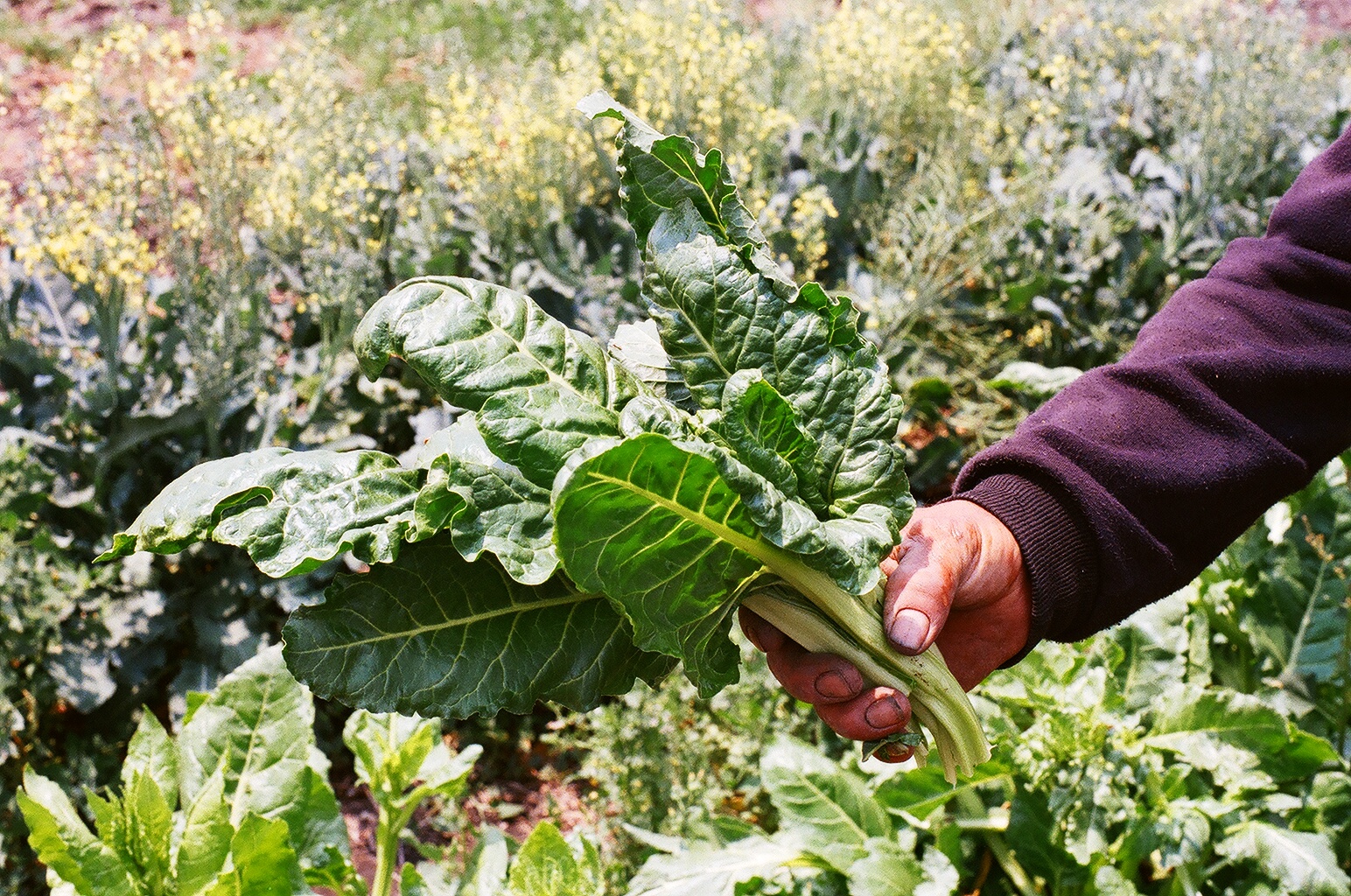
Aural Oral: Listening to Chinampas
As part of Archivo Biocultural Viva
With:
→Cocina Colaboratorio
→Chinampa Tlazolteotl
→Humedalia
Xochimilco, Mexico
March 29th and April 9th, 2022
As part of Archivo Biocultural Viva
With:
→Cocina Colaboratorio
→Chinampa Tlazolteotl
→Humedalia
Xochimilco, Mexico
March 29th and April 9th, 2022
“Archivo Biocultural Vivo is an expanded exhibition in three territories, in the Luis Nishizawa gallery. The archive is a portal to listen to and disperse biocultural memory. It is constituted as a transdisciplinary bridge between knowledges to interweave visions and explore new horizons that allow acting in different ways in the present and enunciate possible futures.
This space is an invitation to break with the static spectator-object relationship, to create, cook and think together about objects and actions that inspire fairer and more supportive paths for food systems. Through collaborative action dynamics, all the elements that currently make up the archives and those that are built during the exhibition will be gradually unarchived to travel and disperse through the public space of the three communities, where they will be recontextualized and resignified.”
-Cocina Colaboratorio
An adaptation of the series Aural Oral, transpiring as part of Cocina Colaboratorio’s Archivo Biocultural Vivo, navigated the soundscapes of the chinampas of Xochimilco and their unique cultivation processes through various forms of recording at Chinampa Tlazolteotl. Recordings were made during a collective action of soil preparation for the construction of a chapin, an ancestral technique of soil beds that employs a quadrant system for the germination of seeds. Subsequent sounds included the gathering of a naturally occurring fertilizer and the collection of mud from the canals solely accessible via canoes. Chinampas, descending from the Nahuatl word chinamitl denoting “hedge close to the reed” [1], are an ancient sub-irrrigation agricultural system, using rectangular areas of fertile land fabricated upon shallow lake beds, dating as far back as 1250 CE. This delicate lacustrine ecosystem consists of alluvial soils, dotted with clay and basalt, yielding up to seven harvests per year. A native species of willow, salix bonplandiana, is utilized as a fencing system protecting the chinampa from erosion and wind. The specific methods and agricultural technologies used in the region are the result of the thousand-year-old knowledge of the autochthonous groups of the chinampa zone. [2] The amalgamation of this sonic research assembled an abstracted cartography of the various gestures inherent to the construction of the chapin, weaving together a site-specific study of theses ancestral techniques. The implementation of subterranean recording served as a methodology to understand the soundscapes inherent to this site-specific process of cultivation, proposing a glimpse into the phenomenology of a seed. The soundscape invokes an invitation to perceive the gestures in the way in which a seed listens, embedded and intimately, and was presented as an immersive mapping alongside a collaboratively cooked lunch with Cocina Colaboratorio at the chinampa of Humedalia for the closure of their exhibition, incorporating ingredients grown on-siteon site. Special thanks to Cocina Colaboratorio, Mariana Martínez Balvanera, Eli Guerrero, Gaby Morales Valdelamar, and Humedalia.
[1]Ebel, Roland. Chinampas: An Urban Farming Model of the Aztecs and a Potential Solution for Modern Megalopolis (2020).
[2]González Carmona, Emma; Torres Valladares, Cynthia Itzel. La Sustentabilidad Agricola de las Chinampas en el Valle de Mexico: Caso Xochimilco (2014). Revista Mexicana de Agronegocios, vol. 34.
-Cocina Colaboratorio
An adaptation of the series Aural Oral, transpiring as part of Cocina Colaboratorio’s Archivo Biocultural Vivo, navigated the soundscapes of the chinampas of Xochimilco and their unique cultivation processes through various forms of recording at Chinampa Tlazolteotl. Recordings were made during a collective action of soil preparation for the construction of a chapin, an ancestral technique of soil beds that employs a quadrant system for the germination of seeds. Subsequent sounds included the gathering of a naturally occurring fertilizer and the collection of mud from the canals solely accessible via canoes. Chinampas, descending from the Nahuatl word chinamitl denoting “hedge close to the reed” [1], are an ancient sub-irrrigation agricultural system, using rectangular areas of fertile land fabricated upon shallow lake beds, dating as far back as 1250 CE. This delicate lacustrine ecosystem consists of alluvial soils, dotted with clay and basalt, yielding up to seven harvests per year. A native species of willow, salix bonplandiana, is utilized as a fencing system protecting the chinampa from erosion and wind. The specific methods and agricultural technologies used in the region are the result of the thousand-year-old knowledge of the autochthonous groups of the chinampa zone. [2] The amalgamation of this sonic research assembled an abstracted cartography of the various gestures inherent to the construction of the chapin, weaving together a site-specific study of theses ancestral techniques. The implementation of subterranean recording served as a methodology to understand the soundscapes inherent to this site-specific process of cultivation, proposing a glimpse into the phenomenology of a seed. The soundscape invokes an invitation to perceive the gestures in the way in which a seed listens, embedded and intimately, and was presented as an immersive mapping alongside a collaboratively cooked lunch with Cocina Colaboratorio at the chinampa of Humedalia for the closure of their exhibition, incorporating ingredients grown on-siteon site. Special thanks to Cocina Colaboratorio, Mariana Martínez Balvanera, Eli Guerrero, Gaby Morales Valdelamar, and Humedalia.
[1]Ebel, Roland. Chinampas: An Urban Farming Model of the Aztecs and a Potential Solution for Modern Megalopolis (2020).
[2]González Carmona, Emma; Torres Valladares, Cynthia Itzel. La Sustentabilidad Agricola de las Chinampas en el Valle de Mexico: Caso Xochimilco (2014). Revista Mexicana de Agronegocios, vol. 34.
THE ETYMOLOGY OF CONSUME PROVIDES A LENS TO VIEW AN EXPANDED CONSTELLATION OF ITS MEANING. THE ORIGINS OF THE WORD ARE BORN FROM THE LATIN, SUMO, MEANING “TO TAKE.” ITS SUBSEQUENT DEFINITIONS INCLUDE THE LATE 14TH-CENTURY “TO DESTROY BY SEPARATING INTO PARTS WHICH CANNOT BE REUNITED, AS BY BURNING OR EATING.”








